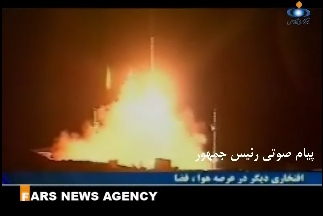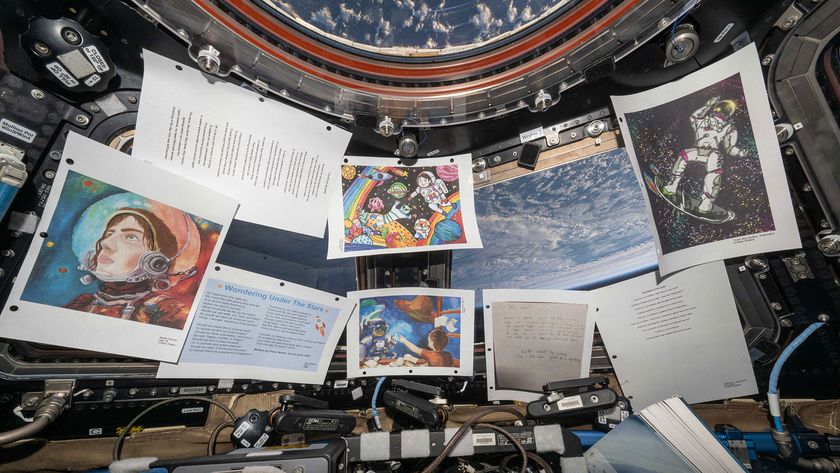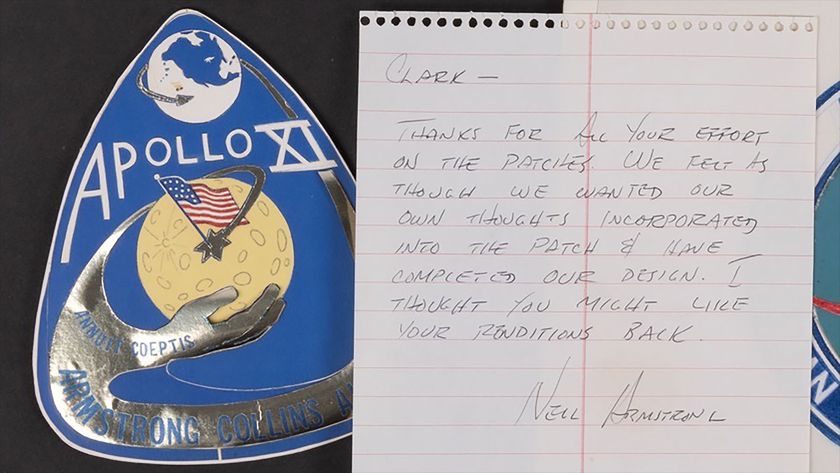Report: Iran Attempt to Launch Monkey Into Space Fails

An attempt by Iran to launch a rocket carrying a live monkey into space in September has met with failure, stalling the country's program to pursue a human spaceflight capability, according to press reports.
The Iranian Space Agency reportedly attempted to launch a Rhesus monkey into space atop a Kavoshgar-5 rocket (Kavoshgar means "Explorer" in Farsi) during the Iranian month of Shahrivar, a period that ran between Aug. 23 and Sept. 22, according to an Agence-France Press report.
"The Kavoshgar-5 rocket carrying a capsule with a live animal (a monkey) was launched during Shahrivar," Iran's Deputy Science Minister Mohammad Mehdinejad-Nouri told the ISNA news agency, according to AFP. "However, the launch was not publicized as all of its anticipated objectives were not accomplished."
Iranian space officials did not release details of the apparent launch failure on the agency's official website. The setback was apparently a major blow to Iran's space ambitions, as the nation hopes to one day launch humans to space and, eventually, the moon.
"One cannot give a set date for this project, and as soon as our nation's scientists announce the readiness (of the project) it will be announced," AFP quoted Iranian Space Agency chief Hamid Fazeli as saying.
Iran announced its plans to launch a monkey into space in February and launched a prototype space capsule for a monkey occupant in March aboard a Kavoshgar-4 rocket. No animals flew on the March rocket launch.
Before September's launch failure, Fazeli said the Iranian Space Agency was training several monkeys for possible spaceflights.
Get the Space.com Newsletter
Breaking space news, the latest updates on rocket launches, skywatching events and more!
"Five monkeys are being tested in order to be able to bear the environmental effects while launching," Fazeli said in an agency statement.
Prior to last month's failed launch, the Iranian space agency had made steady progress in rocket booster technology.
In June, Iran launched the Rasad-1 (Observation-1) satellite atop the country's Safir (which means "Ambassador") rocket. The satellite was designed to map and monitor Earth from orbit. In 2010, the country launched a Kavoshgar-3 rocket carrying a rat, two turtles and a worm into space
Iran's space program has sparked some concerns from the West over the possibility that Iranian space capabilities could be turned into potential ballistic missiles for nuclear warheads. The Islamic republic has denied military motives for its space program.
But Iranian officials say the country is hoping to launch a human into space by 2020 and land an astronaut on the moon by 2025.
Follow SPACE.com for the latest in space science and exploration news on Twitter @Spacedotcomand on Facebook.
Join our Space Forums to keep talking space on the latest missions, night sky and more! And if you have a news tip, correction or comment, let us know at: community@space.com.

Space.com is the premier source of space exploration, innovation and astronomy news, chronicling (and celebrating) humanity's ongoing expansion across the final frontier. Originally founded in 1999, Space.com is, and always has been, the passion of writers and editors who are space fans and also trained journalists. Our current news team consists of Editor-in-Chief Tariq Malik; Editor Hanneke Weitering, Senior Space Writer Mike Wall; Senior Writer Meghan Bartels; Senior Writer Chelsea Gohd, Senior Writer Tereza Pultarova and Staff Writer Alexander Cox, focusing on e-commerce. Senior Producer Steve Spaleta oversees our space videos, with Diana Whitcroft as our Social Media Editor.


